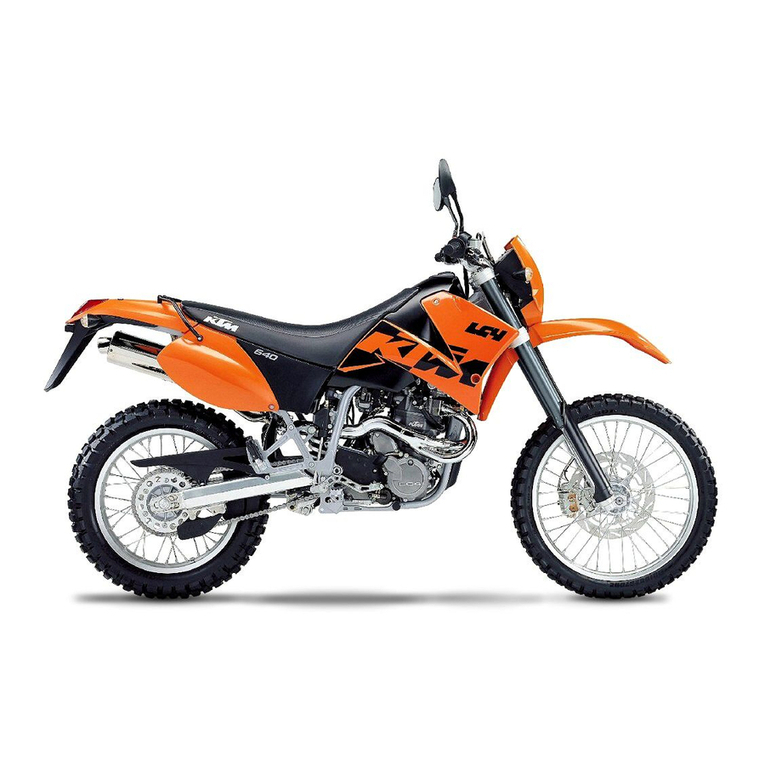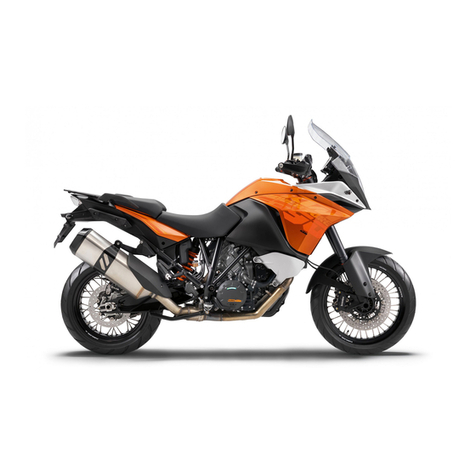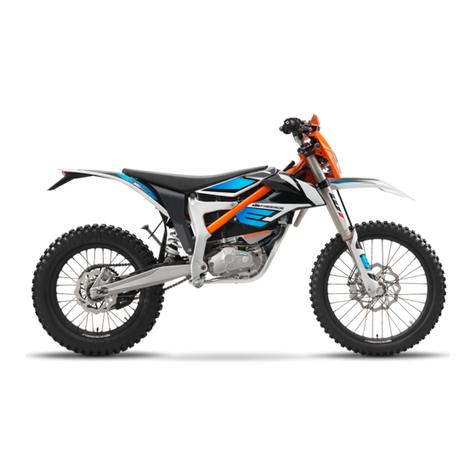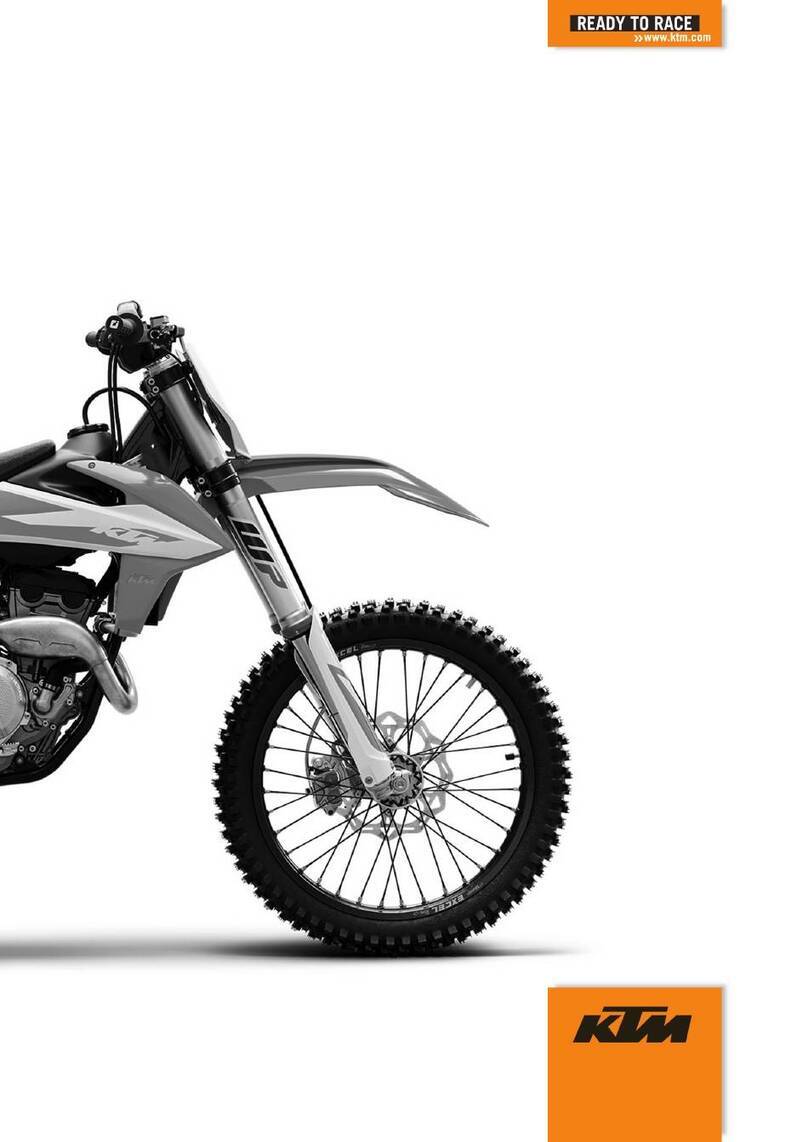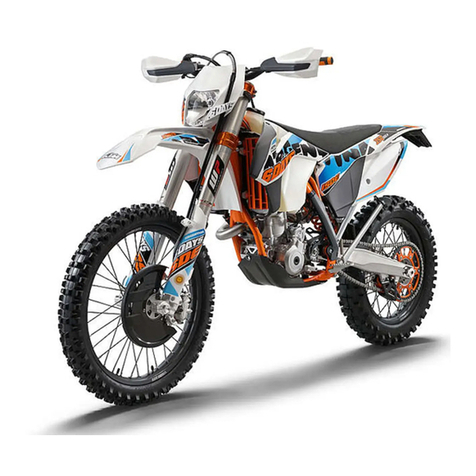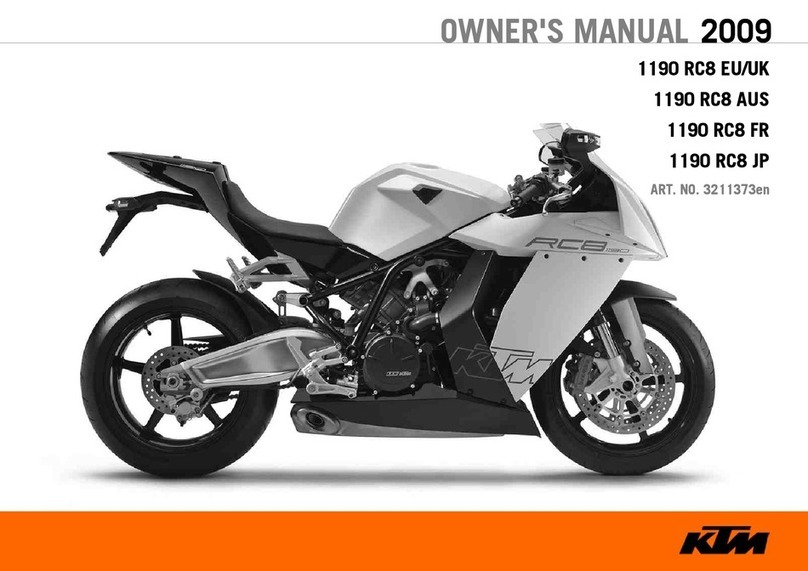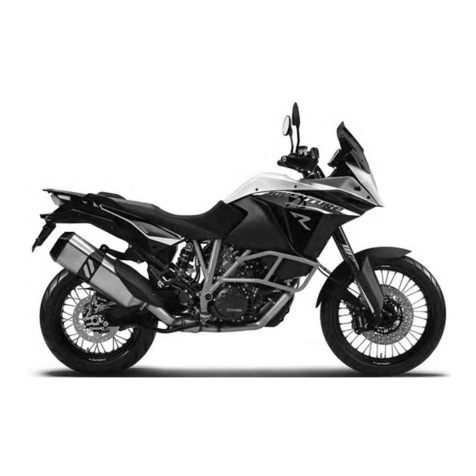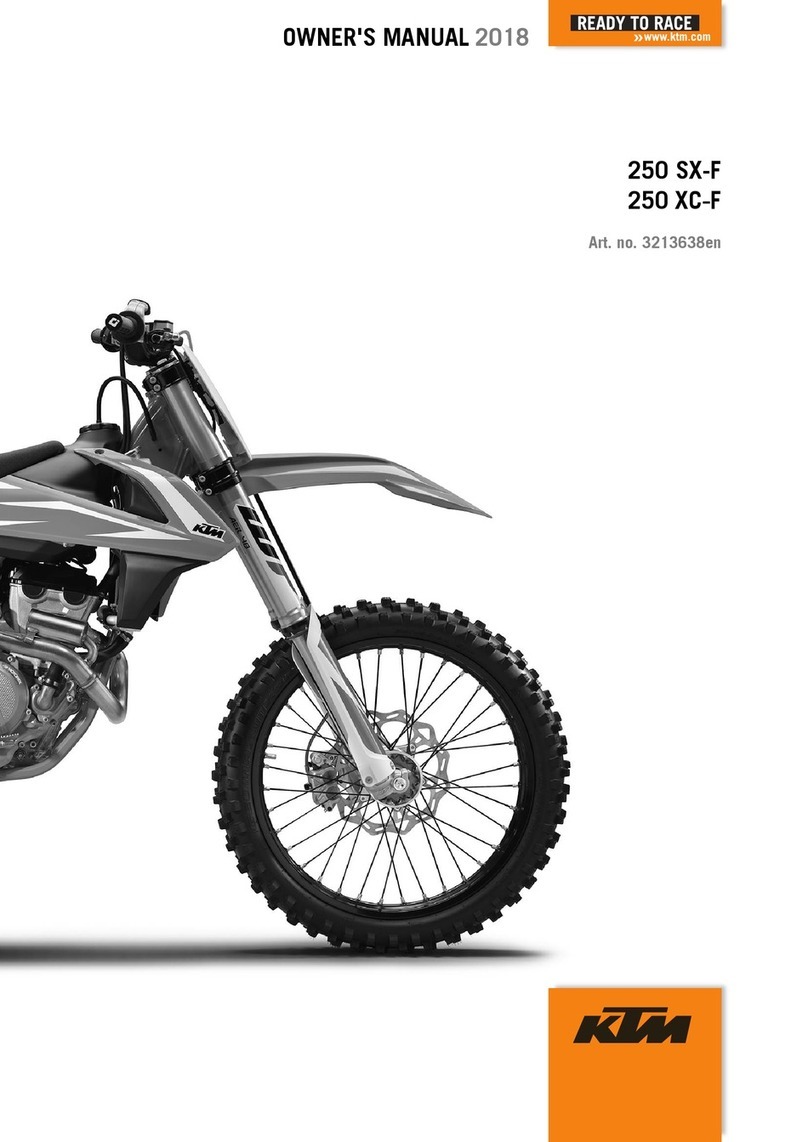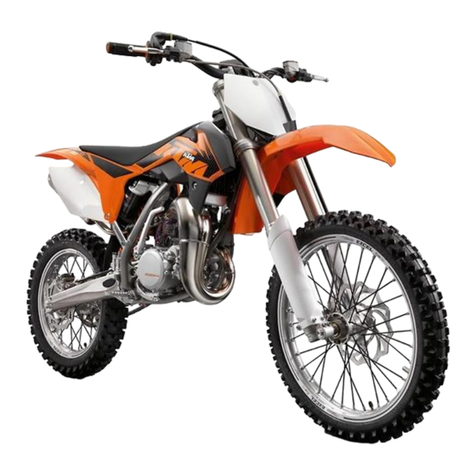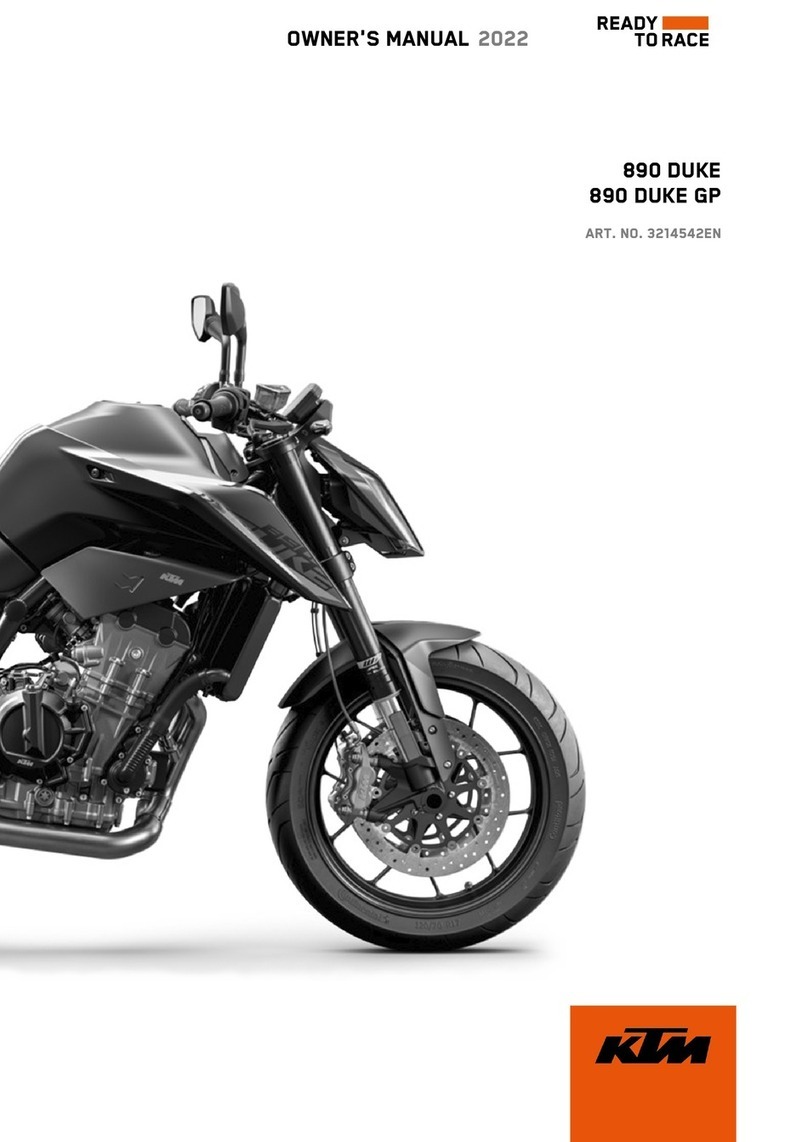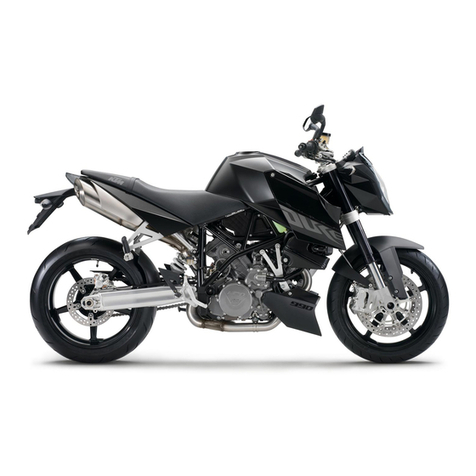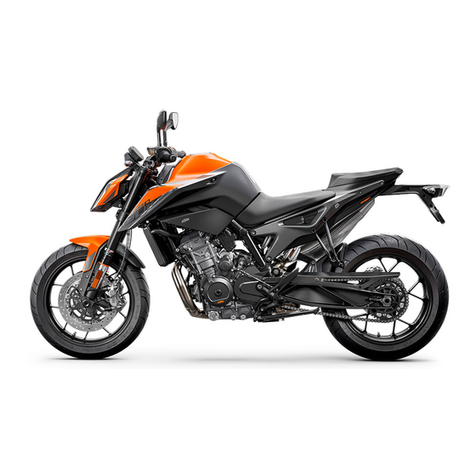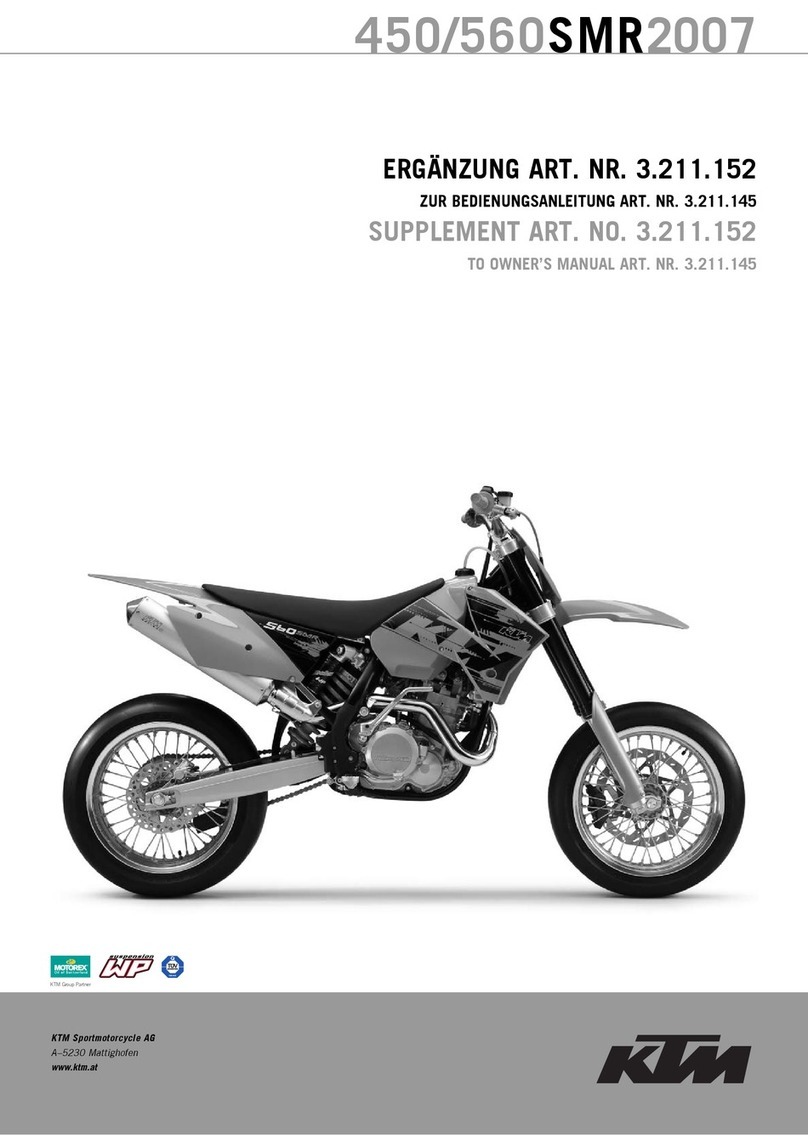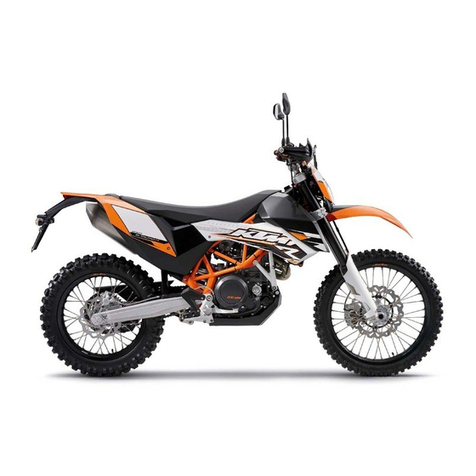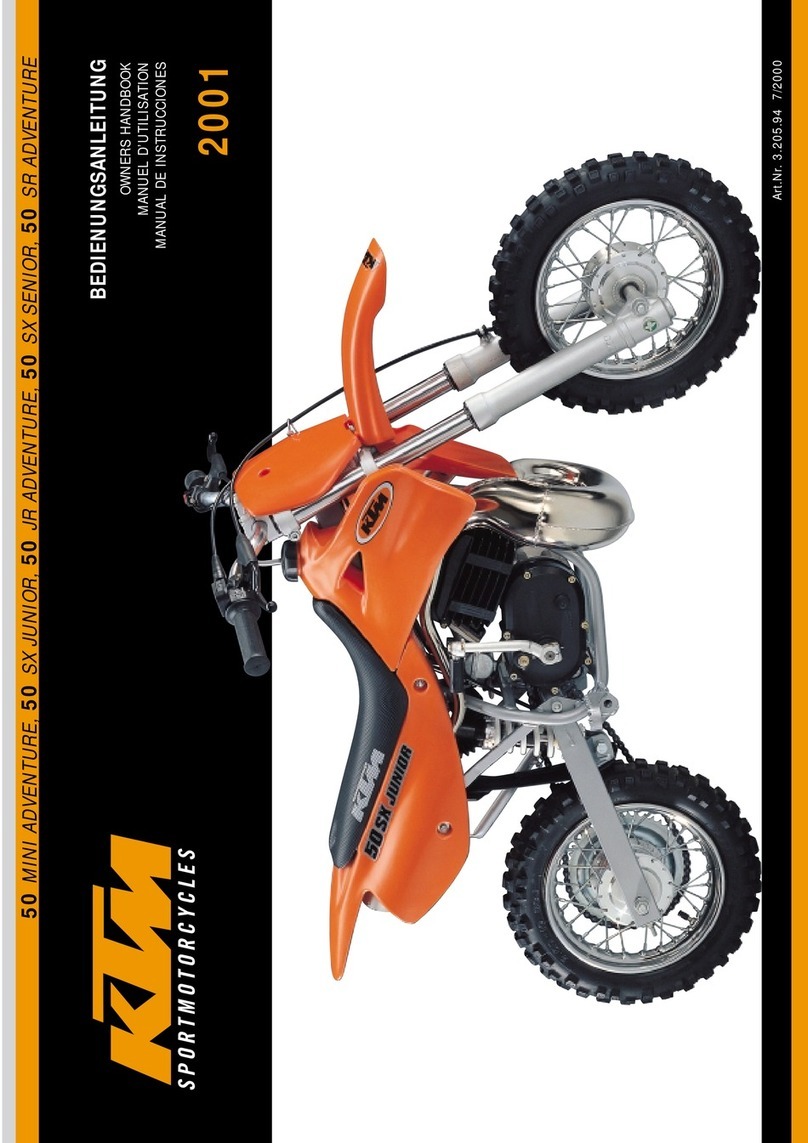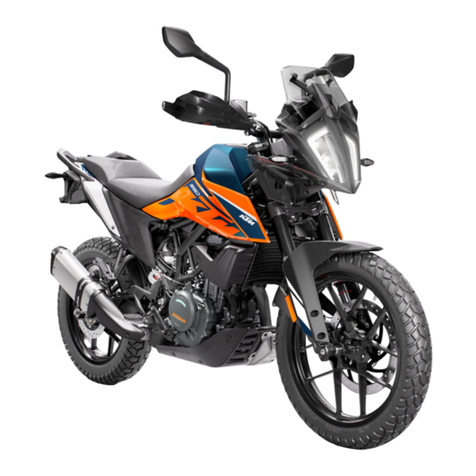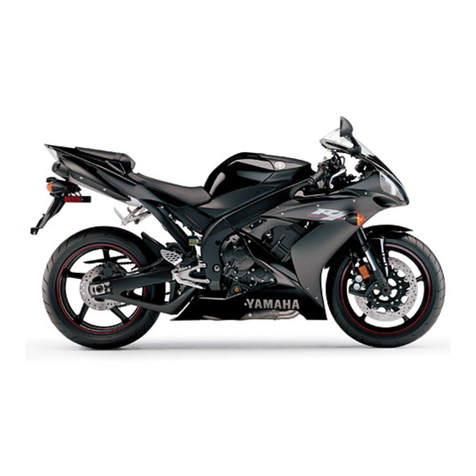TABLE OF CONTENTS 2
TABLE OF CONTENTS
1 MEANS OF REPRESENTATION ..................................... 5
1.1 Symbols used ................................................... 5
1.2 Formats used.................................................... 5
2 SAFETY ADVICE........................................................... 6
2.1 Repair Manual .................................................. 6
2.2 Safety advice.................................................... 6
2.3 Degrees of risk and symbols ............................... 6
2.4 Work rules........................................................ 6
3 IMPORTANT NOTES..................................................... 7
3.1 Guarantee, warranty .......................................... 7
3.2 Operating and auxiliary substances ..................... 7
3.3 Spare parts, accessories .................................... 7
3.4 Figures ............................................................ 7
4 SERIAL NUMBERS ...................................................... 8
4.1 Chassis number ................................................ 8
4.2 Type label ........................................................ 8
4.3 Engine number ................................................. 8
4.4 Key number...................................................... 8
4.5 Fork part number .............................................. 8
4.6 Shock absorber part number .............................. 9
5 MOTORCYCLE ........................................................... 10
5.1 Raising the motorcycle with the rear wheel
stand ............................................................. 10
5.2 Taking the motorcycle off of the rear wheel
stand ............................................................. 10
5.3 Raising the motorcycle with the front wheel
stand ............................................................. 10
5.4 Taking the motorcycle off of the front wheel
stand ............................................................. 10
5.5 Raising the motorcycle with the lift stand.......... 11
5.6 Removing the motorcycle from the lift stand...... 11
5.7 Raising the motorcycle with the work stand ....... 11
5.8 Removing the motorcycle from the work stand ... 12
5.9 Starting.......................................................... 12
5.10 Starting the motorcycle to make checks ............ 13
6 FORK, TRIPLE CLAMP ............................................... 14
6.1 Adjusting the compression damping of the
fork ............................................................... 14
6.2 Adjusting the rebound damping of the fork ........ 14
6.3 Bleeding the fork legs...................................... 14
6.4 Cleaning the dust boots of the fork legs............. 15
6.5 Removing the fork protector ............................. 15
6.6 Installing the fork protector.............................. 15
6.7 Removing fork legs.......................................... 16
6.8 Installing the fork legs..................................... 17
6.9 Servicing the fork............................................ 18
6.10 Disassembling the fork legs.............................. 19
6.11 Checking the fork legs ..................................... 22
6.12 Assembling the fork legs.................................. 23
6.13 Checking the steering head bearing play............ 27
6.14 Adjusting the steering head bearing play ........... 28
7 HANDLEBAR, CONTROLS........................................... 29
7.1 Handlebar position.......................................... 29
7.2 Adjusting handlebar position............................ 29
7.3 Checking the routing of the throttle cable.......... 29
7.4 Checking the play in the throttle cable .............. 30
7.5 Adjusting the play in the throttle cable.............. 30
8 SHOCK ABSORBER, SWINGARM ................................ 32
8.1 Adjusting the high-speed compression
damping of the shock absorber......................... 32
8.2 Adjusting the low-speed compression damping
of the shock absorber ...................................... 32
8.3 Adjusting the rebound damping of the shock
absorber......................................................... 33
8.4 Measuring the unloaded rear wheel sag ............. 33
8.5 Checking the static sag of the shock absorber.... 33
8.6 Checking the riding sag of the shock absorber.... 34
8.7 Adjusting the spring preload of the shock
absorber......................................................... 34
8.8 Adjusting the riding sag................................... 35
8.9 Removing the shock absorber........................... 35
8.10 Installing the shock absorber............................ 36
8.11 Servicing the shock absorber............................ 38
8.12 Removing the spring........................................ 38
8.13 Dismantling the damper .................................. 39
8.14 Disassembling the piston rod ........................... 40
8.15 Checking the damper ...................................... 41
8.16 Removing the heim joint.................................. 42
8.17 Installing the heim joint................................... 43
8.18 Assembling the piston rod................................ 44
8.19 Assembling the damper ................................... 45
8.20 Bleeding and filling the damper ....................... 47
8.21 Filling the damper with nitrogen....................... 49
8.22 Installing the spring ........................................ 50
9 EXHAUST.................................................................. 52
9.1 Removing the manifold.................................... 52
9.2 Installing the manifold .................................... 53
9.3 Removing the main silencer ............................. 54
9.4 Installing the main silencer.............................. 54
10 AIR FILTER ............................................................... 56
10.1 Removing the air filter..................................... 56
10.2 Installing the air filter...................................... 56
10.3 Removing the air filter box............................... 56
10.4 Installing the air filter box................................ 57
11 FUEL TANK, SEAT, TRIM ........................................... 59
11.1 Opening the filler cap...................................... 59
11.2 Closing filler cap............................................. 59
11.3 Removing the seat .......................................... 59
11.4 Mounting the seat........................................... 60
11.5 Taking off the side cover.................................. 60
11.6 Mounting the side cover................................... 60
11.7 Checking the fuel pressure............................... 60
11.8 Changing the fuel filter.................................... 61
11.9 Changing the fuel pump .................................. 64
12 WHEELS ................................................................... 68
12.1 Checking the tire air pressure........................... 68
12.2 Checking the tire condition .............................. 68
12.3 Checking the brake discs ................................. 69
12.4 Checking the spoke tension.............................. 69
12.5 Checking the rim run-out ................................. 70
12.6 Front wheel .................................................... 70
12.6.1 Removing front wheel.................................. 70
12.6.2 Installing the front wheel............................. 71
12.6.3 Removing the brake disc of the front brake.... 72
12.6.4 Installing the brake disc of the front brake .... 72
12.7 Rear wheel ..................................................... 72
12.7.1 Removing rear wheel ................................... 72
12.7.2 Installing the rear wheel .............................. 73
12.7.3 Removing the brake disc of the rear brake..... 73
12.7.4 Installing the brake disc of the rear brake...... 74
12.7.5 Checking the chain tension.......................... 74
12.7.6 Adjusting the chain tension ......................... 74
12.7.7 Adjusting chain guide.................................. 75
